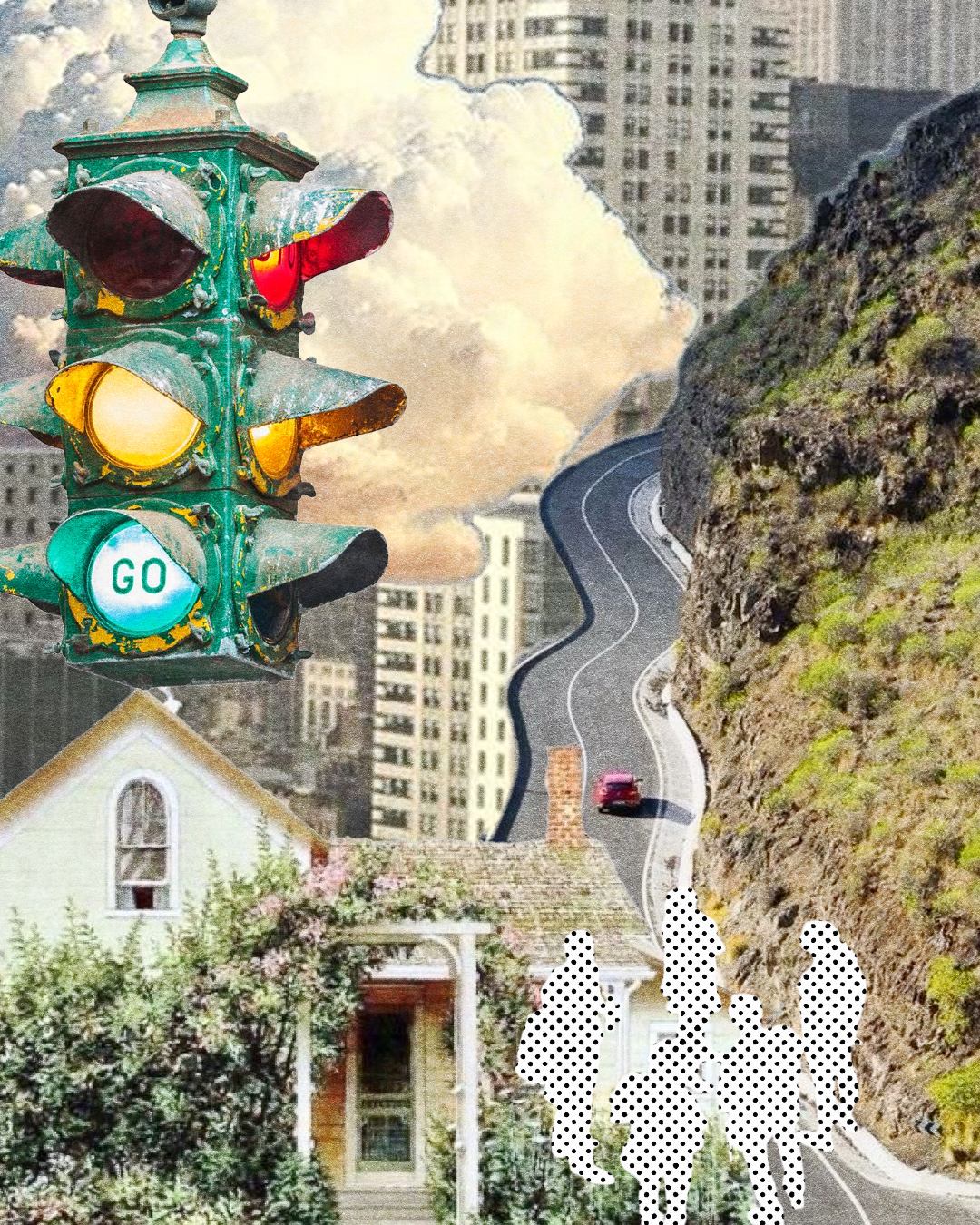Nature is Falling Out of the Music Charts – Here’s Why That Matters
13/08/2025
From Eye of the Tiger to Pink Pony Club, Nature’s been in the charts for decades. Recent research indicates that it was more popular in the past, though, which means one big thing for us.
Nature is one of the original songwriting inspirations, and believe it or not, the number of musicians chirping about it in the charts can be a surprising indicator of how connected we feel to the wild. As long as we’ve been singing, we’ve sung about the world around us – from Tiger eyeballs to Harlequin Toads. (Okay, the last one isn’t in the charts… Yet!) And now more than ever, we can see how that reflects society’s attitude towards our environment.
A 2017 study examined the frequency of words related to Nature in top 100 songs between 1950 and 2011, such as the names of birds, trees, and flowers, as well as general Nature words, like animal(s), spring(s), and forest(s). They found that, from the 1950s onwards, these words steadily decreased in song lyrics, at a much greater rate than the words related to the human-made environments, like bed(s), house(s), table(s). This decline was around 63%, or to put it simply, for every three Nature words in a popular song in the 1950s, there was around one by 2011.
But why did Nature fall off? Was it something it said? Something it didn’t say?
Songbirds of a generation: the decline of Nature in the charts
The study suggested several potential factors, most notably that increased use of technology, like TV, video games, and the internet, is a major driver behind this disconnection with Nature. As we began spending more and more time in front of screens, perhaps that screen time is replacing the joy and entertainment that we used to find in Nature, the researchers suggested.
Of course, it’s impossible to know exactly what the cause is if we are becoming increasingly disconnected from Nature. This is just one study, and numerous factors are likely at play. What we do know, however, is that we need Nature, and Nature needs us; it's not too late to start reconnecting.
From Bob to the Beatles: has Nature become too gloomy?
1960 and 1970 – a well-known time of environmental activism, which included many songs with strong Nature messages. (Beatles and Bob Dylan, we’re looking at you.) These bangers didn’t just feature Nature-related words, like those from the above study, but also conveyed strong pro-environmental messages, possibly suggesting a deeper connection with Nature than before.
A lot of the conversations about Nature today, like in the 60s and 70s, with the climate in the way it is, can be very serious – but they don’t have to be. We’ve seen firsthand that scaremongering and doom-and-gloom chat aren’t an effective way to connect people to Nature. But music is. So if we can bring Nature back into the charts, or generally people’s playlists, perhaps there’s a chance we can encourage more connection.
The future of Nature in music
Nature might be becoming a less popular theme in chart music, but it’s still an important medium to spread messages about the natural world. Music sways our emotions, makes us feel, and helps us connect to subjects and ourselves – so what if we could do that with Nature?
Our latest project, ReRooted, puts the sounds of Nature centre stage. We send today’s musicians into the wild to create a new song from the samples of the natural world – tune in here to see how things are changing.
Share article:
More of the latest from the Edge zine… ↴










